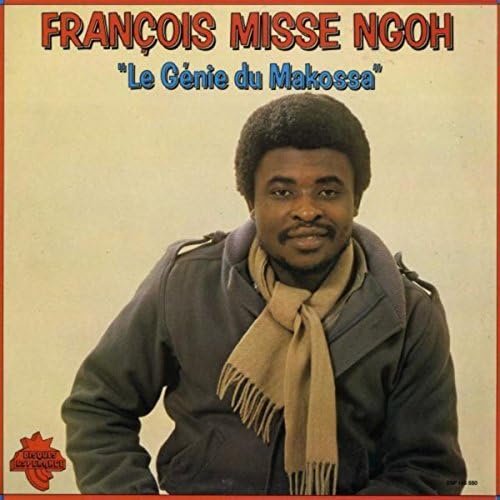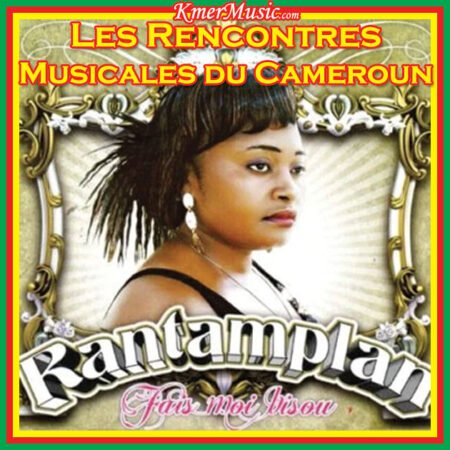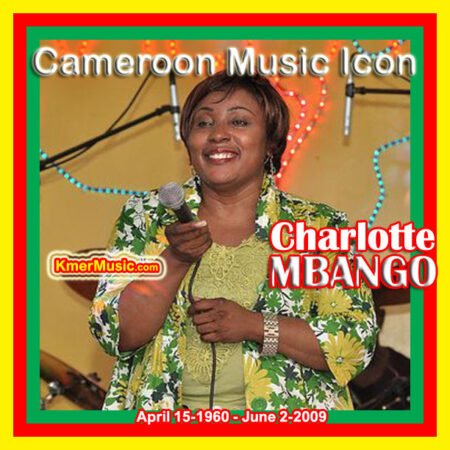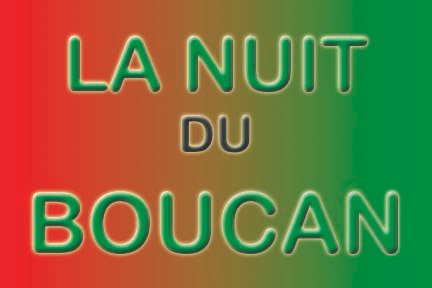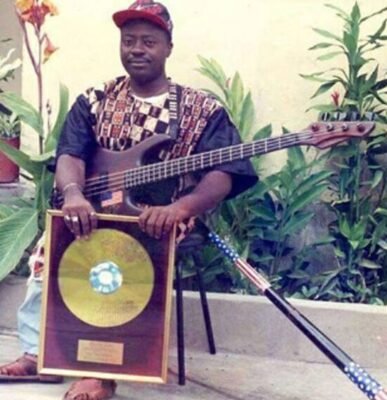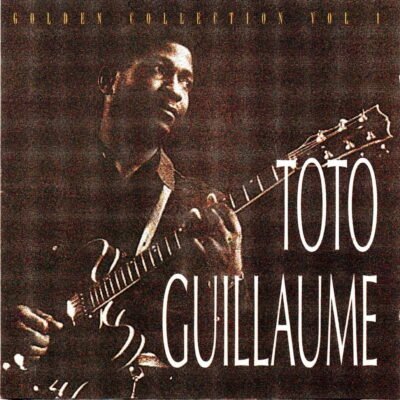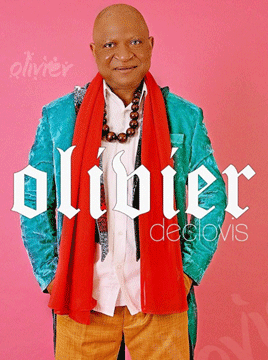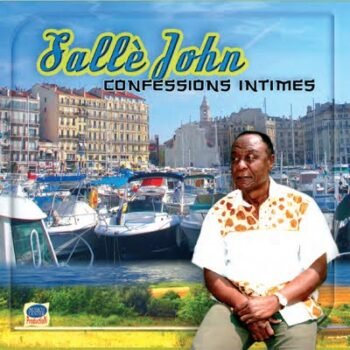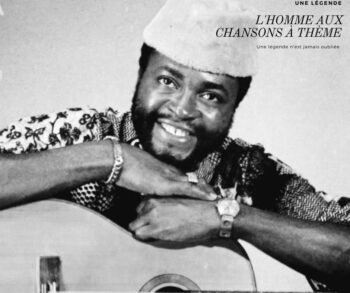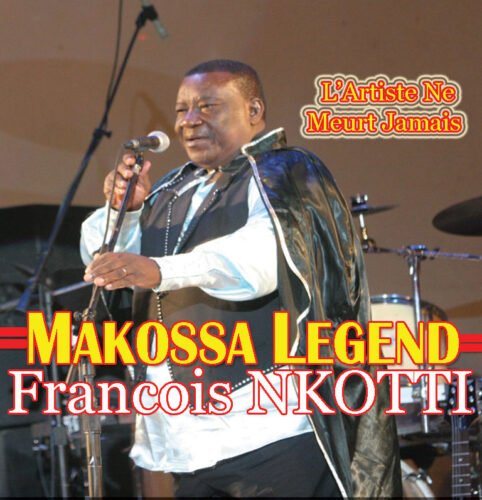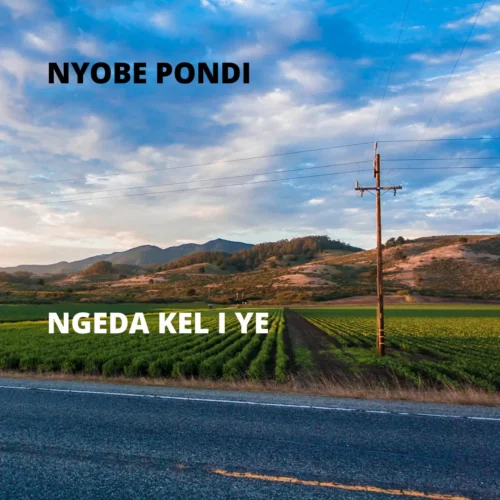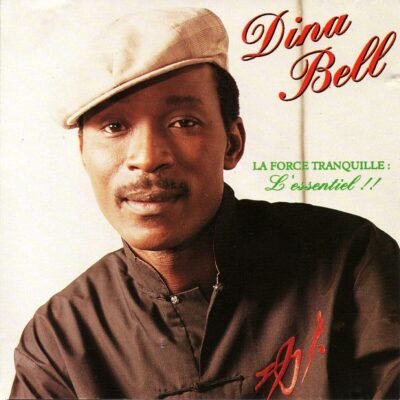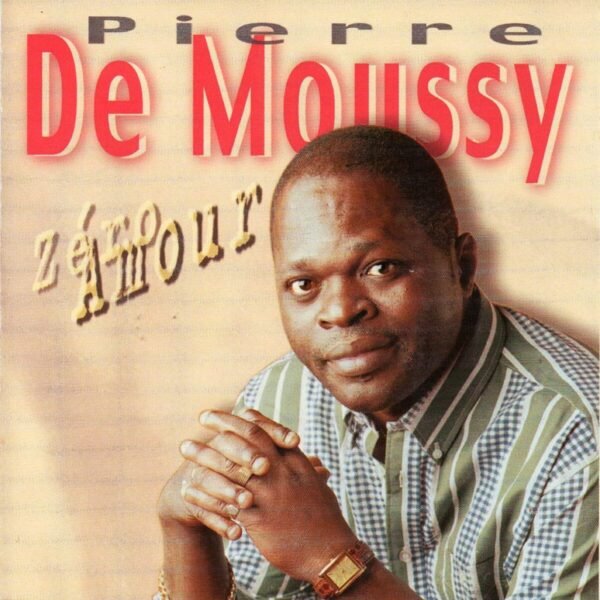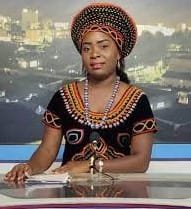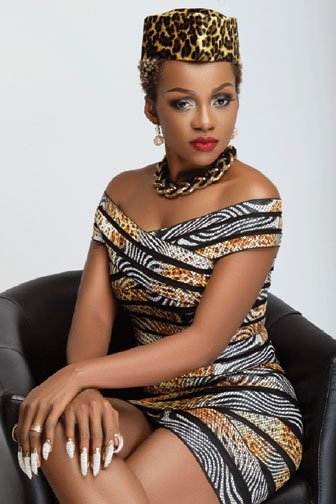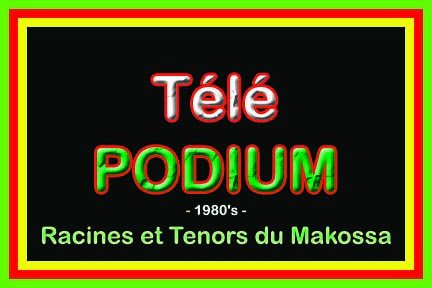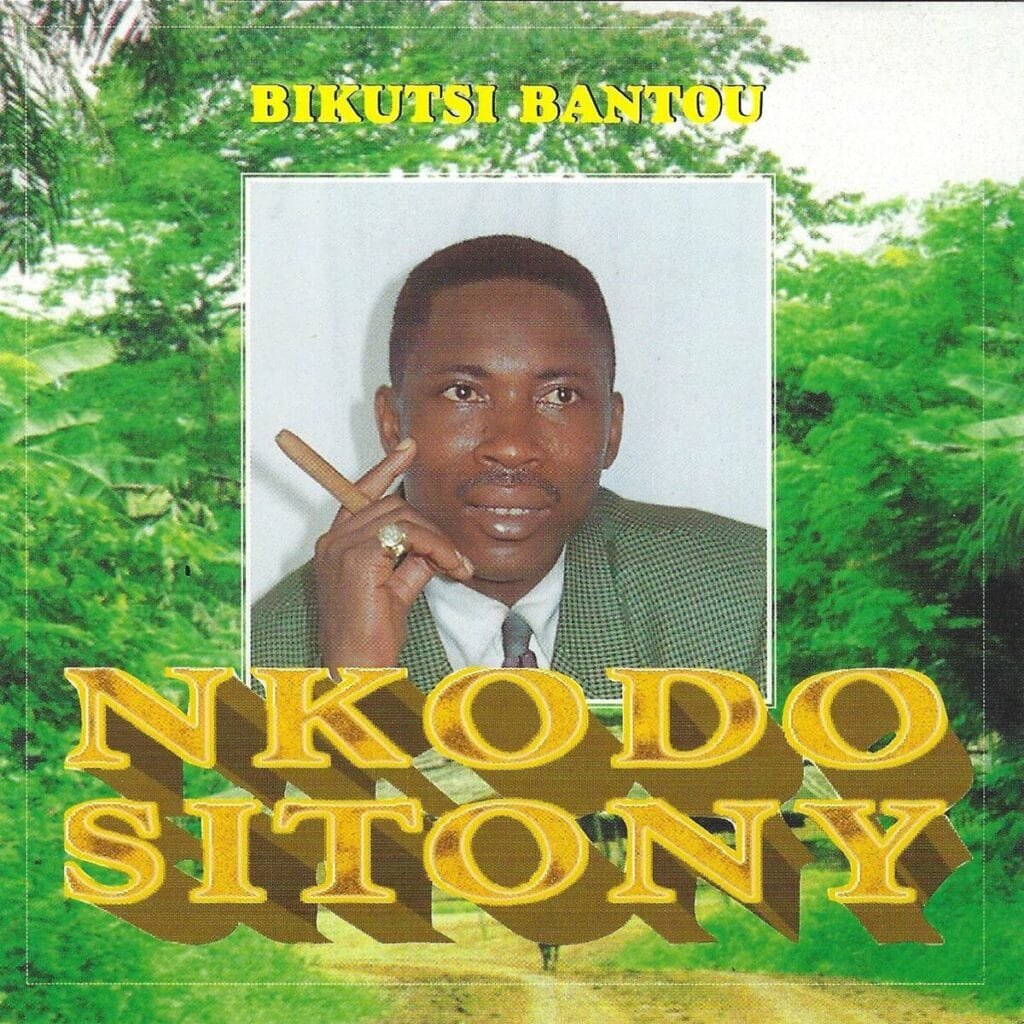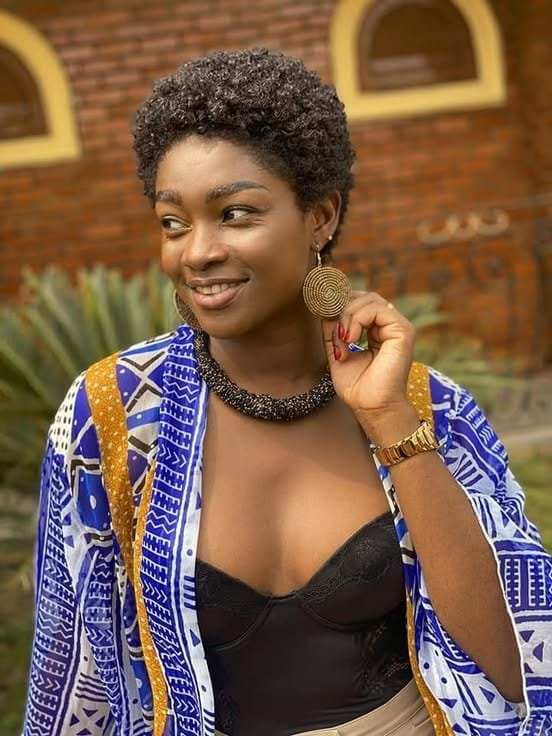🎤 Spotlight: Rantamplan
Who she is
Rantamplan (real name Koué Dorothée) is a singer‐dancer from Cameroon, noted for her work in the genre Bikutsi in the 1990s. She hails from the East Region of Cameroon (Messamena). agendaculturelducameroun.com
Her nickname “Rantamplan” apparently comes from a stage rapport with fellow musician Nkodo Si Tony (also known as Si-Tony) where they were likened to “Lucky Luke and Rantamplan” on stage—eventually the name stuck. agendaculturelducameroun.com
Musical & dance contributions
She worked initially as a dancer and chorist for Si Tony, then made the move into recording. agendaculturelducameroun.com
Her first recorded release: an album titled Ezezek (4 tracks), done in two days in the mobile studio of the engineer/arranger Mystic Djim (Clément Djimogne). agendaculturelducameroun.com
Her style is intimately connected with Bikutsi, a rhythm‐based, foot-stomping genre from the Beti/Ewondo people of central Cameroon. The term “bikutsi” itself means “to beat the earth / to stomp the feet”. Wikipedia
Importantly, Rantamplan is credited as being a pioneer among female performers in Bikutsi who combine singing and dancing—bringing dance moves from her home culture into the mainstream of Bikutsi performance. agendaculturelducameroun.com
Influence & legacy
According to sources, she “considerably marked” the early 90s Bikutsi scene and influenced later female artists such as Lady Ponce, Mani Bella, Coco Argentée, and Majoie Ayi. agendaculturelducameroun.com
She is also credited with teaching dance to K-Tino (“the femme du peuple”), persuading her to take up dance alongside her singing. agendaculturelducameroun.com
Context: Bikutsi & cultural significance
As noted, Bikutsi is a genre originally practised by Beti women during healing and social rituals: women would sit on small stools, sing, strike hochets or bamboo lamellae, and stomp feet. The very name indicates “to beat the earth”.
agendaculturelducameroun.com
Over time, Bikutsi evolved into a popular music form embraced beyond purely ritual contexts. Female artists in the genre—such as Rantamplan—played a significant role in shifting the style into higher public visibility.
Her incorporating dance and performance from her native East Region into Bikutsi underscores how regional sub‐traditions feed into national genres.
Challenges / “what happened next”
While she enjoyed recognition in her early period, sources imply that over time Rantamplan has been somewhat forgotten by broader audiences—even though her foundational role remains important. agendaculturelducameroun.com
The article referenced an anecdote that her famous pet parrot (which appeared with her on stage/clips) disappeared, and rumour claimed her career declined thereafter—but the article argues that this is more myth than fact. agendaculturelducameroun.com
![]()





